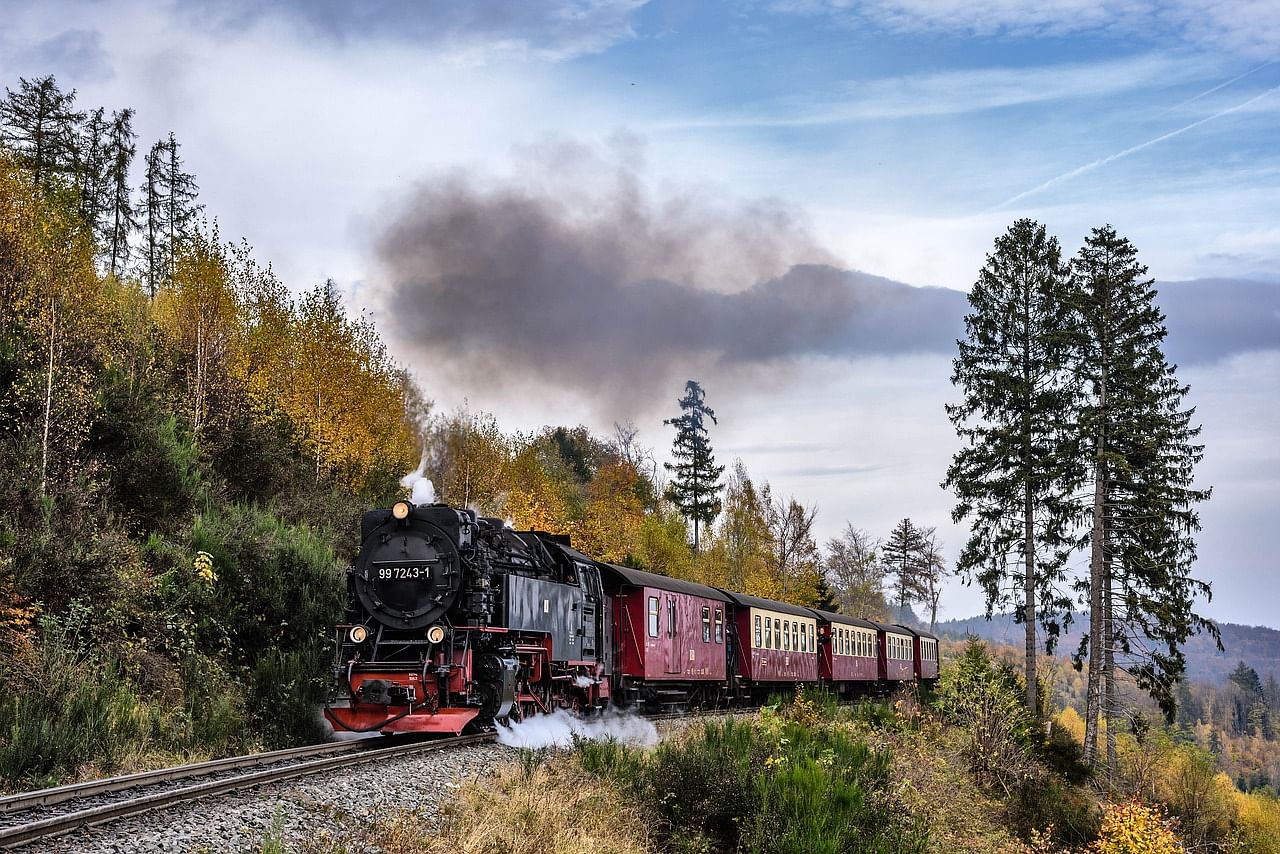
The last of the narrow-gauge train of Central India has been phased out. The Itwari-Nagbhid train carried out the last run, around a week ago, marking the end of an era.
The South East Central Railway (SECR) will now convert it to broad gauge. The Itwari-Nagbhid route of 111 km was operational for 111 years. Itwari is around five km away from Nagpur railway station and Nagbhid (or Nagbhir) is in Chandrapur district. The SECR has jurisdiction over parts of Maharashtra, Madhya Pradesh and Chhattisgarh.
"The Itwari-Nagbhid narrow gauge line was decommissioned on November 24," an official of SECR told DH. The last train was flagged off by a helper Virendra Kohle in the presence of SECR's Divisional Railway Manager Shobhana Bandhopadhya and top railway officials.
The narrow gauge (two feet and six-inch wide) came as a necessity in Central India after the Great Famine of 1876-78 following plans by the Bengal Nagpur Railway. Later, it came to be known as Satpura Railway. At one point in time, narrow-gauge tracks over 1,000 km crisscrossed Central India but it has come down to around 111 km (between Itwari and Nagbhid) with the distance being covered in four hours and 40 minutes.
Since 2015, the Indian Railways has taken up broad gauge conversion in a big way. The narrow gauge has been the lifeline in the erstwhile Central Province and Berar and passed through the tribal areas. Journey on this was a matter of excitement as it passed through mountainous ranges, plains and over rivers and streams.
The Nagpur-Chhindawara, Chhindawara-Nainpur, Nainpur-Mandla Fort and Balaghat-Nainpur-Jabalpur narrow-gauge section ceased with effect from October 1, 2015, while Chhindawara-Nainpur, Nagpur-Chhindawara, and Nainpur-Mandla Fort narrow gauge section from November 1, 2015. As a result, 54 trains that used to operate on narrow gauges were grounded. The gauge conversion in these sections is either complete or underway.
"The narrow gauge was started with multiple objectives in Central India. To tackle the famine, supply foodgrain, carry food produce, carry forest produce and provide employment," an official said. The lines came up in the early years of the 20th century.
The first portion of the Gondia–Nainpur line was opened on April 13, 1903. Nainpur and Chhindwara were connected in 1904 and Jabalpur in 1905. The Chhindwara–Pench Coalfield line came up in 1906–07 and the Nainpur-Mandla Fort line in 1909.